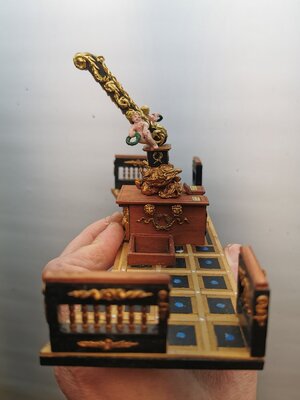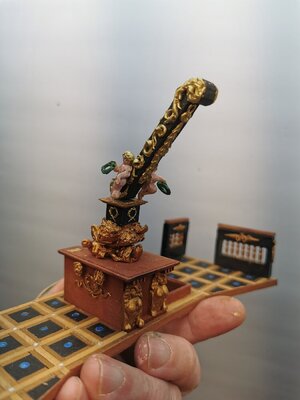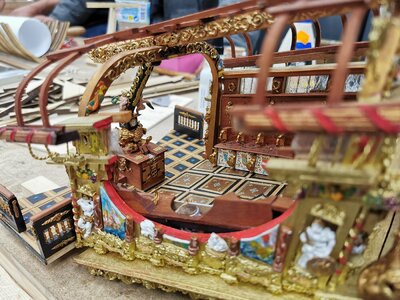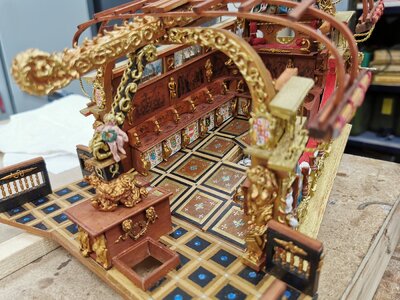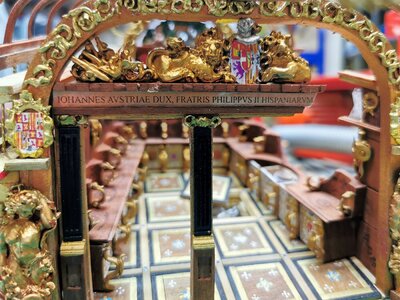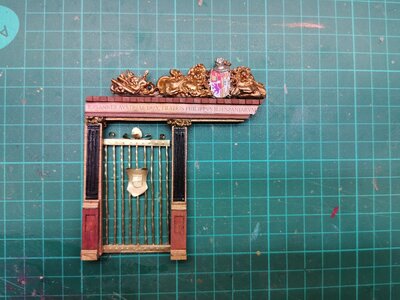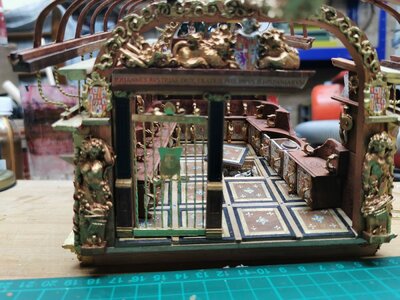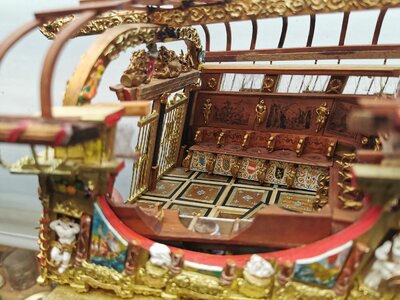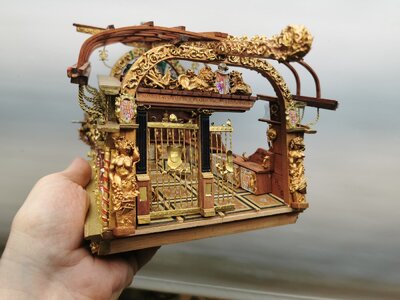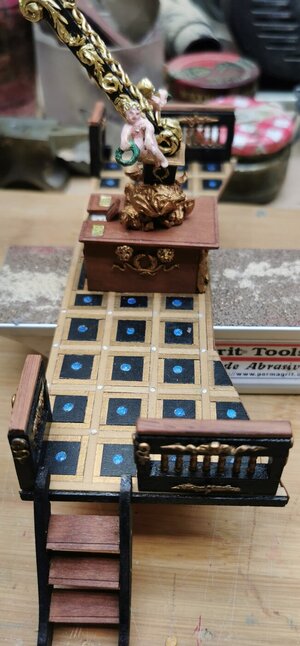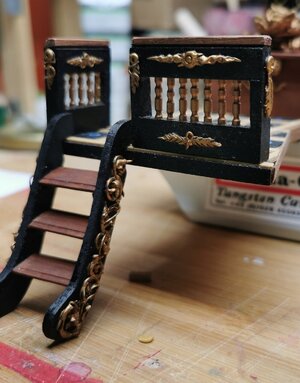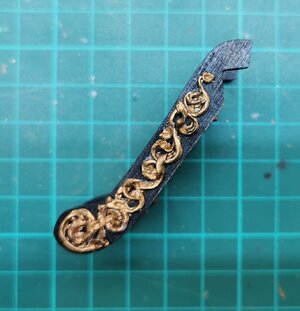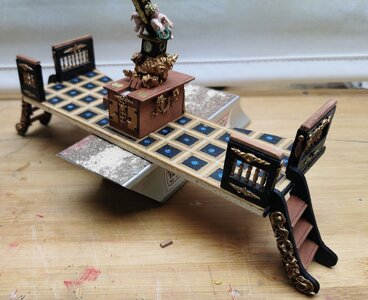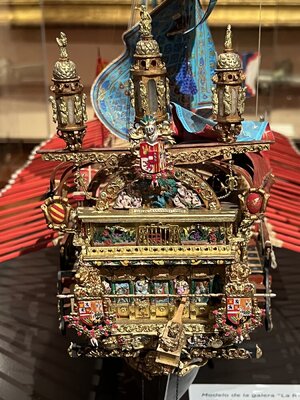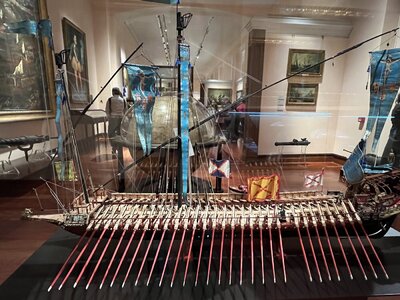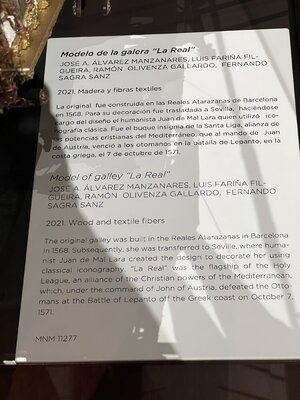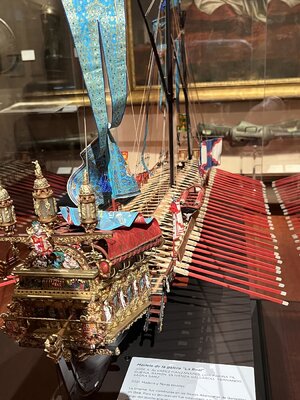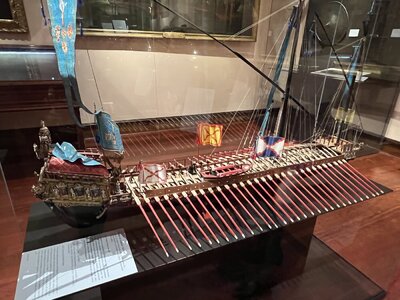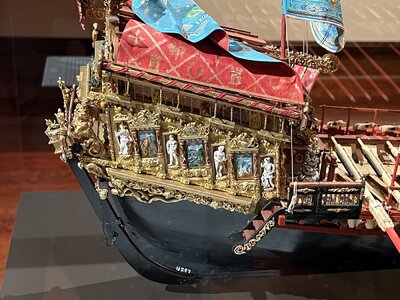Very interesting project. After observing the painting, the man in the white robe standing near the stern stood out to me. He appeared to me to be a priest giving his blessing and prayers to the Spanish combatants in the midst of battle. Behind him is a white flag depicting the Crucifixion of Christ. It wasn't until after interpreting it this way this did I read your thoughts about the lack of Christian motifs in the painting. Your thoughts on who the man in white is or represents would be appreciated.
Un aspecto curioso de la decoración de la galera, es su total falta de motivos y temas religiosos cristianos. Curiosamente, la batalla de Lepanto es un símbolo de la lucha entre el Cristianismo y el Islam y sería de esperar que el buque insignia de D. Juan de Austria, hermano de Felipe II fuera un despliegue de simbología cristiana y católica. Esto no ocurre, Trento no había todavía se había impuesto y la decoración es rabiosamente renacentista, enteramente de tema mitológico sin, practicamente, referencia alguna al catolicismo o al cristianismo.
A curious aspect of the decoration of the galley, is its total lack of Christian religious motifs and themes. Interestingly, the Battle of Lepanto is a symbol of the struggle between Christianity and Islam and it would be expected that the flagship of D. John of Austria, brother of Philip II, would be a display of Christian and Catholic symbology. This does not happen, Trento had not yet imposed and the decoration is rabidly Renaissance, entirely of mythological theme without, practically, any reference to Catholicism or Christianity.



